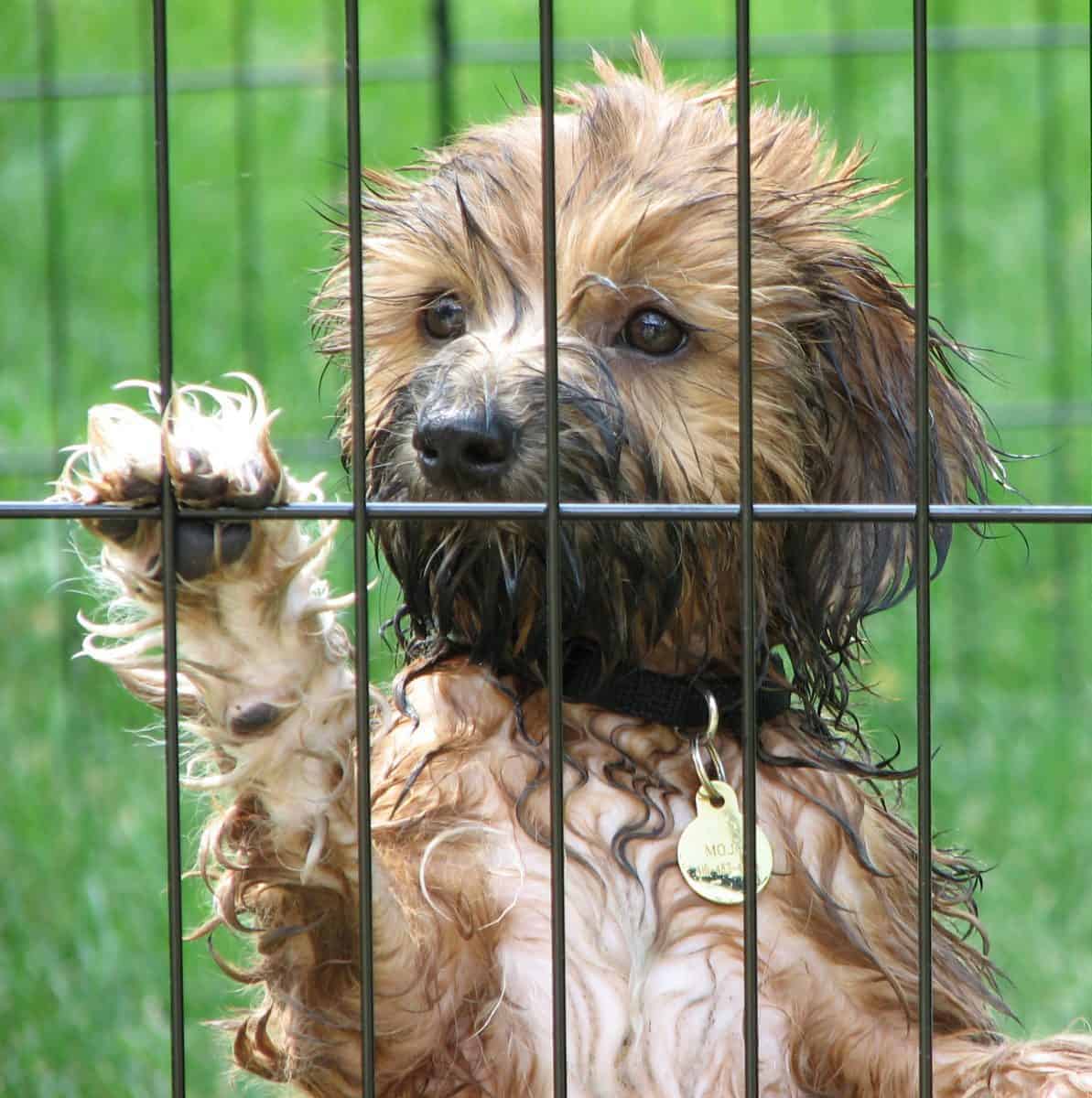Increase in number of dogs used in experiments

The number of dogs being used in scientific procedures has increased by 11%, according to Home Office statistics.
Stricter standards
While the number of actual experiments carried out on canines declined by 1.3%, there has been increase istheamount of dogsbeing used. In 2013, 3,554 dogs were used in experiments, compared to 3,214 the previous year.
The Kennel Club has campaigned to maintain stricter UK standards and provide special protection for dogs, cats and horses used in scientific experiments.
“The government granted this additional safeguard, yet the statistics are rising for the number of dogs being used in experiments,” said Caroline Kisko, Kennel Club secretary.
Investigation
According to Caroline, in 2013 the British Union for the Abolition of Vivisection (BUAV) and the Fund for the Replacement of Animals in Medical Experiments (FRAME) published a paper investigating more than two thousand toxicological studies where dogs were used to predict toxicity responses in humans.
“The study concluded that dogs are highly unpredictable in detecting toxicity levels in humans which makes them highly inaccurate and impractical indicators,” she said. “In light of this important evidence, the government needs to recognise how unnecessary it is for dogs to be used in these types of experiments – and translate this into law.”
Protecting welfare
The Kennel Club is also calling for more “openness and transparency” with regards to animal experiments, in order to protect animal welfare.
The Animals (Scientific Procedures) Act 1986 Amendment Regulations 2012 currently prohibits the disclosure of information supplied to the Home Office in applications to use animals in scientific research.
More information on the Home Office statistics can be found online.






